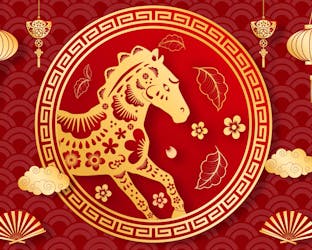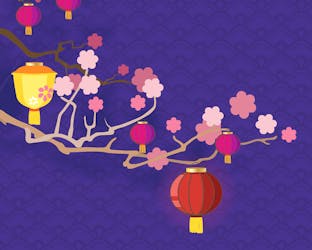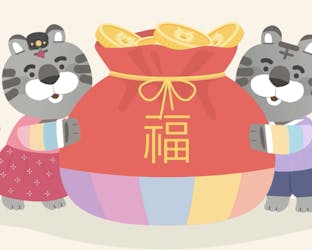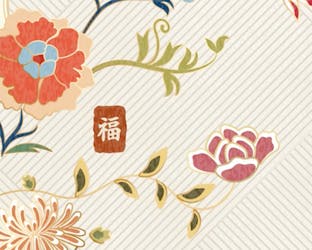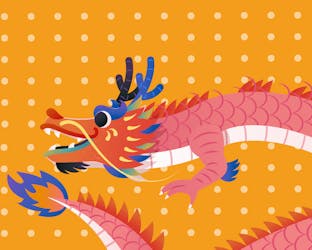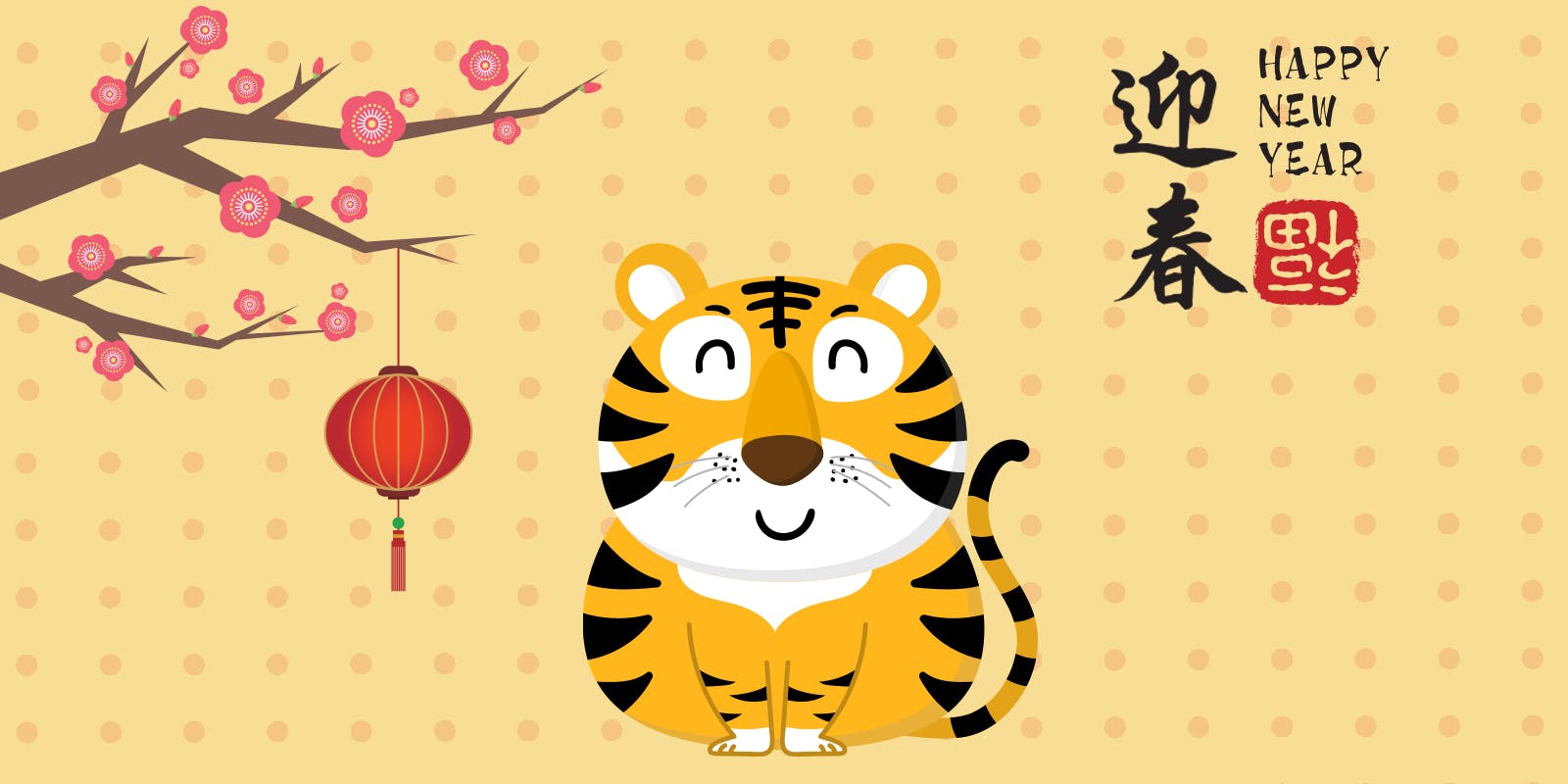
What is Chinese New Year?
Chinese New Year is one of the most important holidays in Chinese culture. It is a time to honor ancestors and deities that are associated with individual families. The celebrations end with the Lantern Festival, which signifies letting go of the past and embracing the future.
Traditionally, Chinese New Year would begin with a family reunion or celebration, with families thoroughly cleaning their homes to welcome in good luck. People will also make paper cut-outs and couplets to decorate their windows and doors; these are also made to symbolize good fortune, happiness, and even wealth.
2025 is the Year of the Snake and begins on 29 January. Here are the Chinese New Year’s themes for the next 10 years:
- 2026, the Year of the Horse, beginning 17 February
- 2027, the Year of the Goat, beginning 6 February
- 2028, the Year of the Monkey, beginning 26 January
- 2029, the Year of the Rooster, beginning 13 February
- 2030, the Year of the Dog, beginning 3 February
- 2031, the Year of the Pig, beginning 23 January
- 2032, the Year of the Rat, beginning 11 February
- 2033, the Year of the Ox, beginning 31 January
- 2034, the Year of the Tiger, beginning on 19 February
- 2035, the Year of the Hare, beginning 8 February
- 2036, the Year of the Dragon, beginning 28 January
How is the date for Chinese New Year calculated?
In China, New Year is calculated to begin on the first new moon that appears between the dates of 21 January and 20 February. Celebrations will last from the first night of the new moon through the Lantern Festival, which is held on the 15th day of the New Year. Chinese New Year has heavily influenced Lunar New Year and celebrations throughout East Asian countries.
The traditional Chinese calendar divides each year into 24 solar terms, the first of which is Lichun. Lichun occurs when the sun is at a celestial longitude of 315°, and it ends when the sun reaches the longitude of 330°. By Gregorian calendars, this typically happens between 4 February and 18 February. Each solar term after Lichun marks another significant astronomical event. These terms were first used in China but have since spread to include many East Asian countries including Korea, Japan, and Vietnam. The terms have now been listed by UNESCO as an Intangible Cultural Heritage.
Chinese New Year is also referred to as Spring Festival
Although in the West we celebrate the beginning of each new year on January 1, in Eastern countries the beginning of the new year is based on a lunar calendar. In China and many other East Asian countries New Year, called Chinese New Year, Lunar New Year, or Spring Festival, signifies the beginning of the new year and is celebrated as the spring season draws near. People celebrate in many ways:
- Spending time with families
- Thoroughly cleaning homes
- Fireworks displays
- Giving money in red paper envelopes
On the final night, known as the Lantern Festival, children will carry paper lanterns through the streets at night, solving riddles on the lanterns. In ancient times the lanterns would be simple, but today lanterns can be very extravagant, and many are made in the shape of animals. Children let go of the lanterns as a symbol of letting go of the past and looking forward to new and better things to come.
When is the best time to schedule a Chinese New Year card?
The custom of sending cards to friends and family to celebrate Chinese New Year is believed to have begun with Emperor Taizong of the Tang Dynasty. He sent cards to his ministers on gold cards. Today, cards are traditionally sent to arrive on New Year’s Day – this year, that is 1 February.
Chinese New Year cards should include a happy greeting and a wish for good fortune for the recipient. Some traditional greetings include:
- Happy New Year and may all go well with you!
- Happy New Year wishes to your family!
- Wishing you happiness and prosperity this year!
- Happy Spring Festival!
- Lucky Year of the Tiger to you!
- May the lucky stars shine bright upon you!
Do the celebrations for Chinese New Year change according to the sign for the year?
People born under the Tiger symbol are through to be confident, brave, idealistic, and thrill-seeking. The Year of the Tiger represents strength and courage. This year, many hope that the Year of the Tiger will mark an improvement to the global economy, as the tiger is a sign of good luck in Chinese culture.
While Chinese New Year celebrations do not change according to the sign for the year, the signs share another kind of significance. There are 12 cycles of animals and five elements that are associated. In order, they are Rat, Ox, Tiger, Rabbit, Dragon, Snake, Horse, Goat, Monkey, Rooster, Dog, and Pig. The Chinese Astrological Elements are metal, water, wood, fire, and earth.
Celebrations may include a reunion dinner with your family, offering sacrifices to your ancestors, putting up decorations, and giving money in red envelopes. More Chinese New Year Celebrations can be found here.
However, you choose to celebrate, sending a Chinese New Year ecard to a special family member is a great way to add joy to their day. You’ll find a variety of Lunar New Year ecards here.








